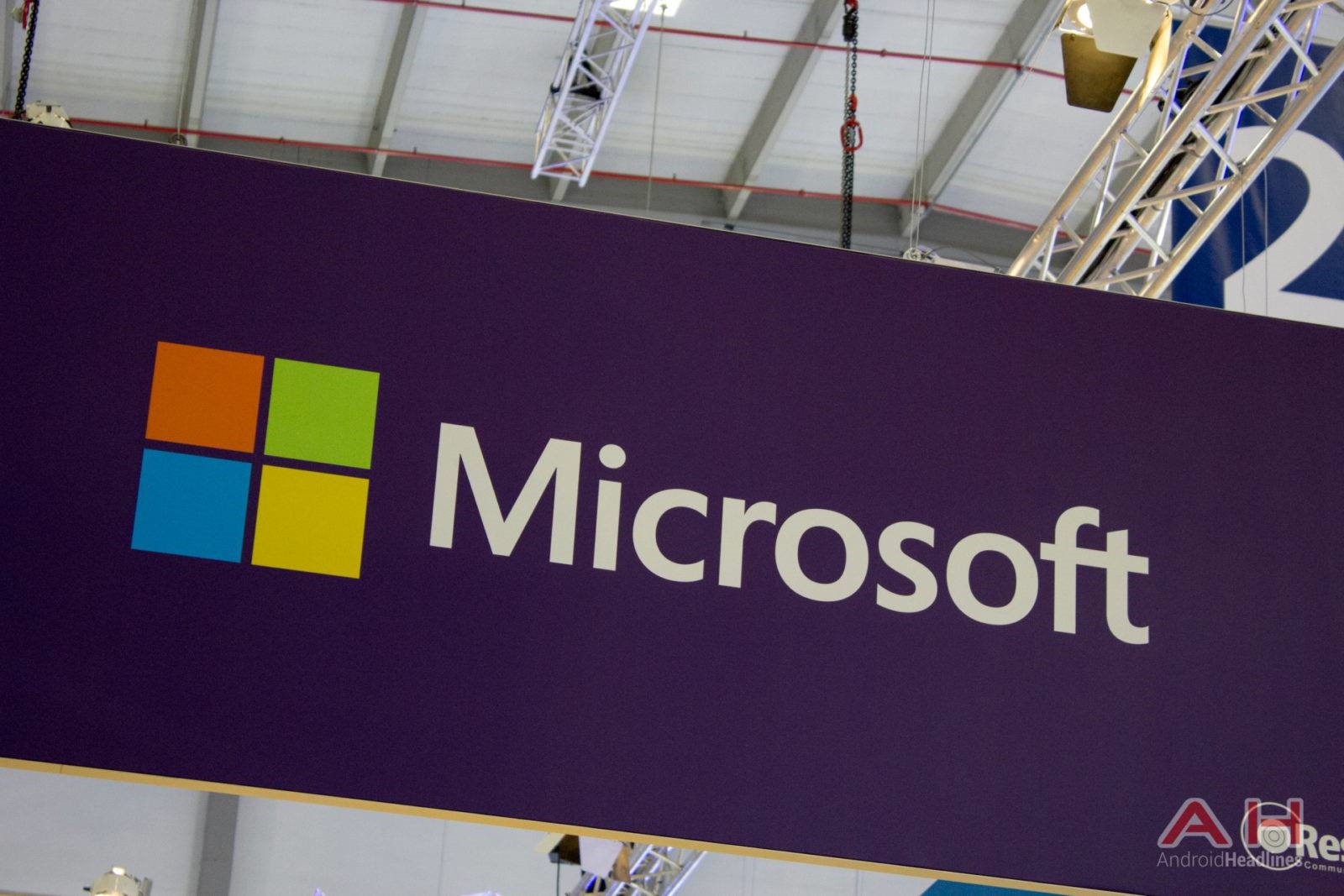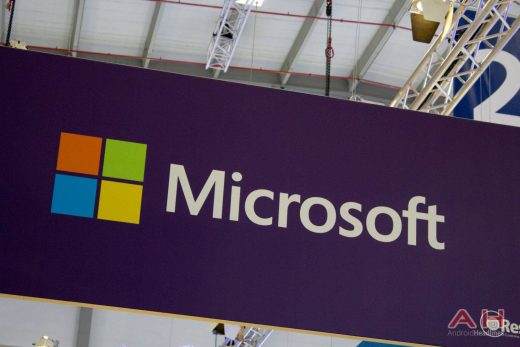From Mobile To AI, Microsoft SEC Filing Shows Shift In Corporate Strategy
From Mobile To AI, Microsoft SEC Filing Shows Shift In Corporate Strategy
by Laurie Sullivan @lauriesullivan, August 3, 2017
Microsoft’s vision statement filed with the Securities and Exchange Commission Wednesday identifies a shift in strategy from mobile-first to one that hangs on cloud services and artificial intelligence (AI).
The shift in strategy should not come as a surprise to anyone. Microsoft CEO Satya Nadella made the announcement at the company’s annual developers’ conference earlier this year.

The 10-K filed calls out human behavior during the past year as the reason for the change and suggests that experience with technology will increasingly span a multitude of devices and become more natural with the use of “multi-sensory” devices that have “voice, ink, and gaze interactions” built in.
Data also will play a major role in Microsoft’s corporate strategy for the 2018 fiscal year, which begins in July. The filing repeatedly mentions how the company will focus on turning “data into actionable insights” by building an intelligent cloud platform.
And it doesn’t appear that Nadella, who served as Microsoft SVP of search, portal and advertising from 2008 to 2009, has forgotten his roots in advertising. The last line of the mission statement includes: “We also deliver relevant online advertising to a global audience.”
Microsoft’s ambitions in advertising range from search to display across all its services and products like Office and Xbox. About 34,000 in sales and marketing of the approximately 124,000 people employed full-time as of June 30, 2017 support the strategy.
In fiscal year 2017, search advertising revenue — excluding traffic acquisition costs — grew 9%, primarily driven by growth in Bing, due to higher revenue per search and search volume.
In the personal computer space, revenue fell $1.7 billion or 4%, mainly due to lower revenue from Devices, but it was partially offset by higher revenue from Windows and Search advertising.
MediaPost.com: Search Marketing Daily
(56)










